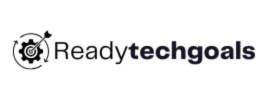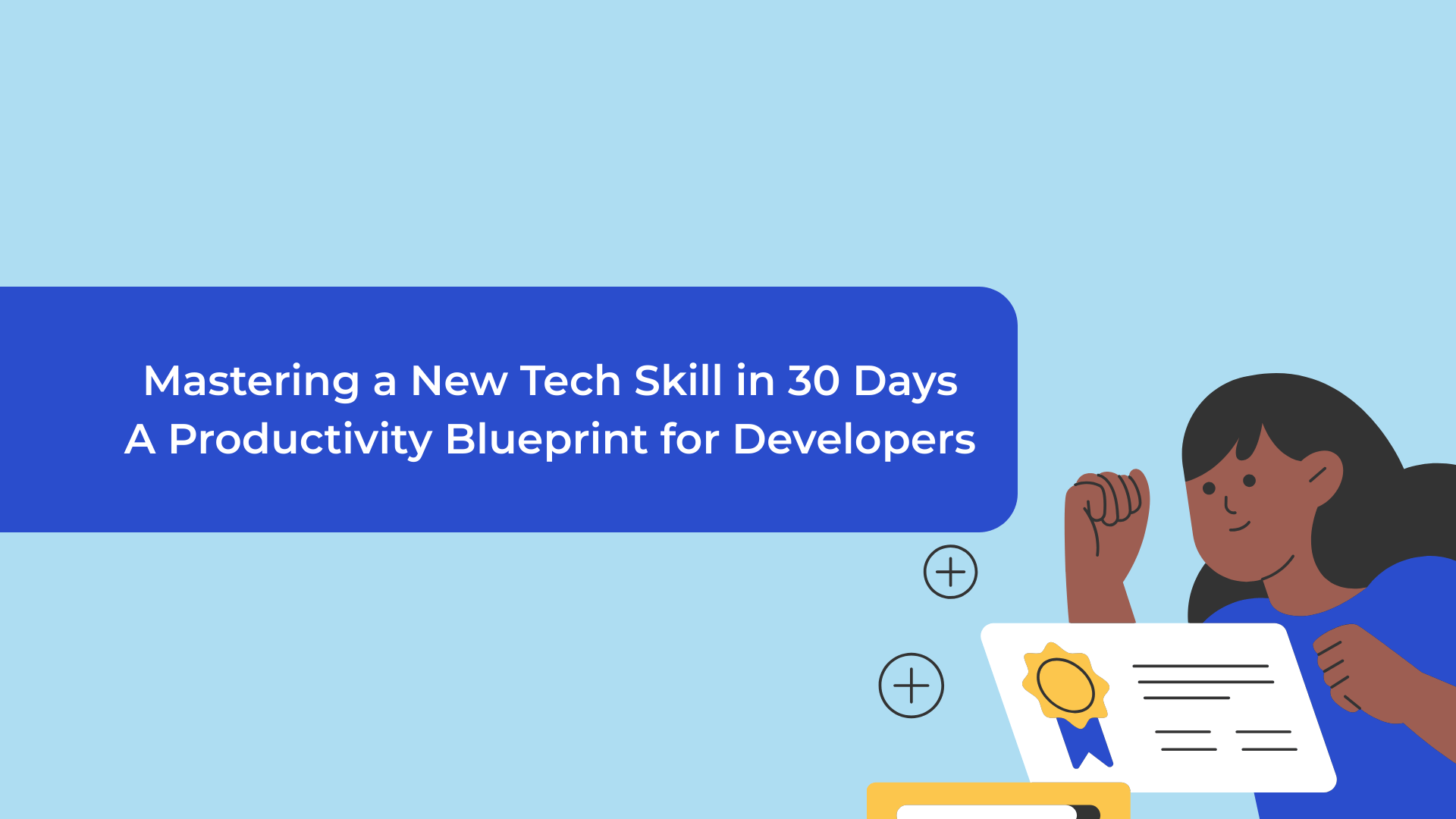In the fast-paced world of software development, standing still means falling behind. Whether it’s a new programming language, a framework, or a DevOps tool, quickly mastering a new tech skill can open doors to better roles, higher pay, or more exciting projects.
This 30-day productivity blueprint is explicitly designed for developers who want to upskill efficiently, without burning out or losing focus.
🔹 Week 1: Set the Foundation
Goal: Understand the “why” behind the skill and build your learning environment.
1. Define Your Purpose
- What do you want to build or solve with this skill?
- Is this for a job, a freelance gig, or a personal project?
2. Pick the Right Learning Resources
- Choose 1–2 high-quality sources (e.g., official docs, one structured course, GitHub projects).
- Avoid resource overload—depth beats breadth early on.
3. Create a Distraction-Free Setup
- Set up your dev environment (IDE, toolchain, sandbox).
- Use tools like Notion, Obsidian, or Google Keep for notes.
4. Timebox Your Learning
- Block 60–90 minutes daily, consistently.
- Use techniques like the Pomodoro Method for deep focus.
🔹 Week 2: Learn by Doing
Goal: Build micro-projects to reinforce concepts.
1. Apply as You Learn
- Don’t just watch or read—code along from day one.
- Take real-time notes on concepts you find hard.
2. Mini Challenges
Try daily challenges or exercises. Examples:
- Build a to-do app with a new frontend framework.
- Connect an API using a new backend tool.
- Create a basic CI/CD pipeline if learning DevOps.
3. Use Git for Version Control
- Practice clean commits and descriptive messages.
- Upload everything to GitHub for accountability.
🔹 Week 3: Build a Focused Project
Goal: Create a small but meaningful project from scratch.
1. Scope: Small but Real
Pick a project that solves a simple problem. Examples:
- A weather dashboard using a new JS framework.
- A blog platform using Django or Laravel.
- A Dockerized app with basic orchestration.
2. Use What You’ve Learned
No copy-pasting from Stack Overflow unless necessary. Try to apply knowledge from memory and documentation.
3. Document the Process
- Write a short README.
- Note down bugs, fixes, and architecture choices.
🔹 Week 4: Reflect, Polish, and Share
Goal: Solidify your knowledge and showcase your work.
1. Refactor and Optimize
- Improve your code structure.
- Add error handling and tests, and clean up the UI or UX.
2. Publish Your Project
- Upload to GitHub with complete documentation.
- Deploy it (free hosting works: Netlify, Vercel, Render, or GitHub Pages).
3. Write a Recap Post
- Publish a short blog or LinkedIn post summarizing:
- What you learned
- Challenges you overcame
- A demo or screenshots
4. Ask for Feedback
Share your work with peers, on dev forums, or communities like Reddit, Hashnode, or Dev. To.
Bonus Tips for Staying on Track
- Accountability partner: Team up with another dev learning the same skill.
- Use a progress tracker: Check off your weekly goals visually.
- Avoid context-switching: Don’t start a new course/tool before finishing this one.
- Stay curious, not perfect: Learning quickly is about momentum, not mastery.
Final Thoughts
In 30 days, you can move from complete beginner to confident builder in a new tech area—if you stay focused, consistent, and hands-on. The key isn’t to learn everything, but to gain enough skill to build, experiment, and grow.
Upskilling isn’t about speed alone but sustainable, applied learning.

